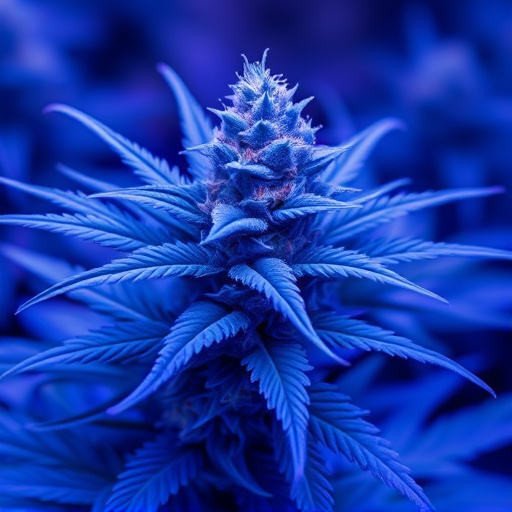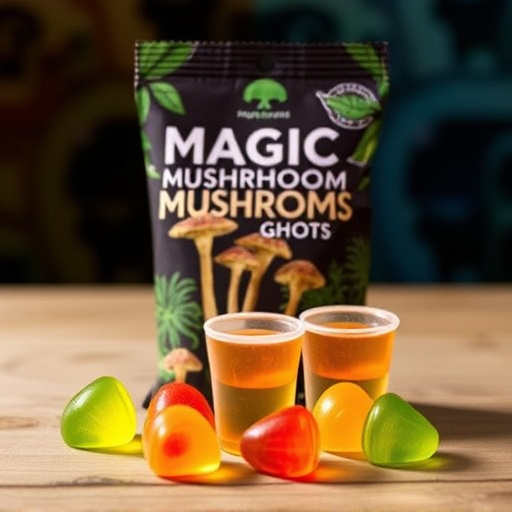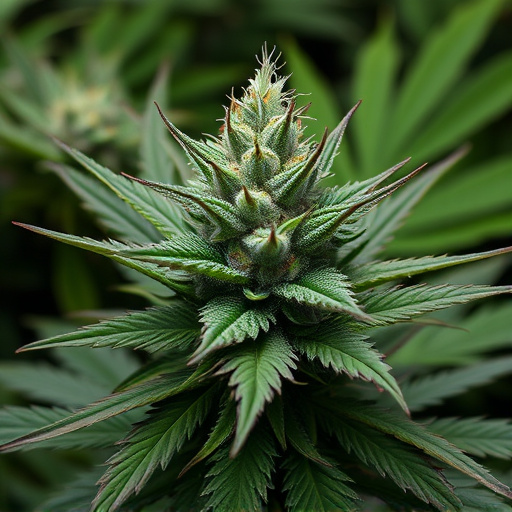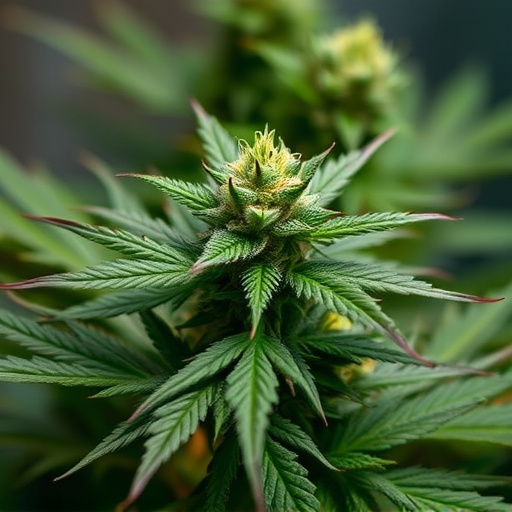The climate and geography where cannabis plants grow significantly impact their quality, including terpene profiles, cannabinoid concentrations, and overall health. The ideal environments for cultivating the most potent strains of cannabis include cool, temperate climates with high elevation, ample sunlight, balanced temperatures, and rich, well-drained soil. These factors promote slower growth, complex terpenes, and higher cannabinoid concentrations, resulting in superior quality cannabis.
The quality of cannabis is profoundly influenced by its growing environment. From climate and geography to soil conditions and cultivation methods, every factor plays a critical role in shaping the plant’s characteristics. This article delves into these key areas, exploring how natural environments, specific climate conditions, and diverse cultivation techniques contribute to the development of not only robust plants but also the most potent strains of cannabis. Understanding these relationships is essential for both farmers and enthusiasts seeking optimal cannabis quality.
- The Role of Climate and Geography in Cannabis Cultivation
- – Exploring natural environments ideal for cannabis growth
- – Impact of temperature, humidity, and sunlight on plant development
The Role of Climate and Geography in Cannabis Cultivation
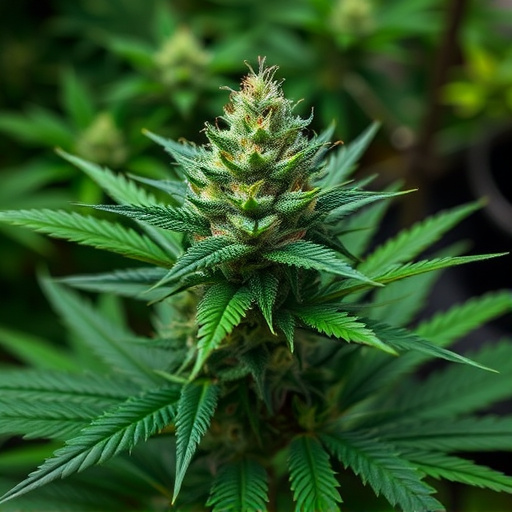
The climate and geographical location play a pivotal role in shaping the quality and characteristics of cannabis plants. Cannabis cultivation is highly sensitive to environmental factors, which can significantly impact the final product. Different regions offer unique growing conditions, leading to variations in terpene profiles, cannabinoid concentrations, and overall plant health.
For instance, areas with mild and humid climates often produce lush cannabis crops, contributing to dense buds and a wide range of most potent strains of cannabis. In contrast, drier and sunnier territories encourage a different growth pattern, resulting in plants with distinct chemical compositions. Geography also influences the availability of nutrients in the soil, which is crucial for healthy cannabis cultivation. These environmental variables collectively shape the diverse spectrum of cannabis varieties enjoyed by consumers today.
– Exploring natural environments ideal for cannabis growth

Cannabis, known for its diverse strains and therapeutic properties, thrives in specific natural environments that can significantly impact its quality and potency. When exploring ideal settings for cannabis cultivation, the most potent strains often flourish in areas with cool, temperate climates, high elevation, and ample sunlight. These conditions mimic the plant’s natural habitat, allowing it to reach its full potential.
Regions with microclimates that offer a balance of warmth during the day and cooler temperatures at night are particularly favorable. Such environments facilitate slower growth, which is crucial for developing complex terpenes and cannabinoids, contributing to the most potent strains of cannabis known today. Additionally, areas with rich, well-drained soil and access to clean water ensure the plants receive optimal nutrition, further enhancing their quality.
– Impact of temperature, humidity, and sunlight on plant development
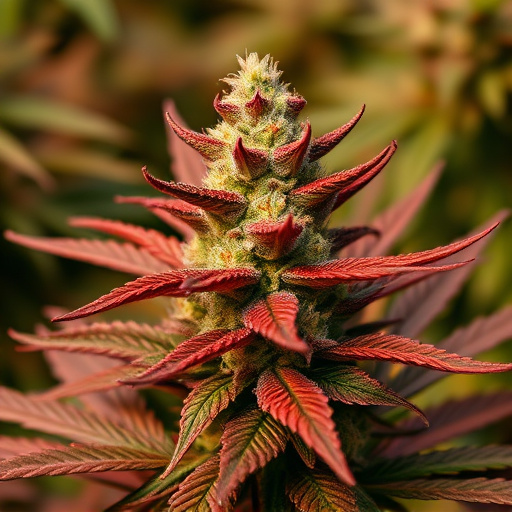
Cannabis plants are highly sensitive to their growing environment, and factors like temperature, humidity, and sunlight play a pivotal role in shaping the plant’s development and ultimately, the quality of its final product. In terms of most potent strains of cannabis, these environmental conditions can make or break the potential for high cannabinoid concentrations.
Optimal temperatures between 20-25°C (68-77°F) are ideal for cannabis growth, promoting robust plant development and maximizing cannabinoid production. Humidity levels should be maintained between 40-60%, ensuring the plant’s leaves remain healthy and preventing mold or mildew issues. Adequate sunlight exposure is crucial; cannabis plants require at least 6-8 hours of direct sunlight daily to flourish and produce the most potent strains, allowing for the synthesis of robust cannabinoids like THC and CBD.
In conclusion, the quality of cannabis is intrinsically linked to its growing environment. Ideal climates and geographical locations, characterized by specific temperature ranges, humidity levels, and sunlight exposure, play a pivotal role in fostering robust cannabis plants that yield the most potent strains. Understanding these environmental factors is key to unlocking the full potential of cannabis cultivation, ensuring not only superior quality but also enhancing the overall user experience.
